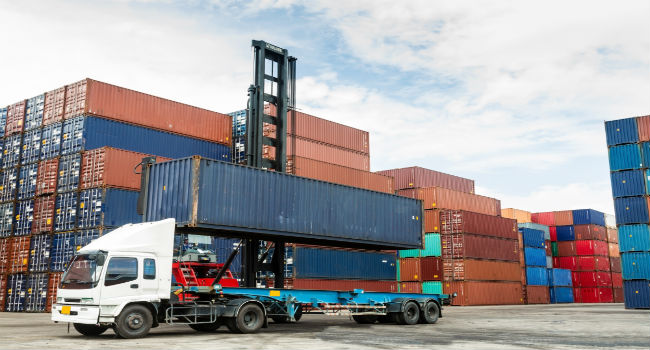
U.S. Sees Major Q4 Spikes in Cargo Thefts
- By Jack DeMao
- Feb 17, 2015
The 2014 SC –ISAC Q4 report details a major surge in the volume of cargo thefts in the U.S. According to the report, “We had been seeing a somewhat downward trend in the incidents, but this trend has stopped and reversed.”
What is SC-ISAC?
The U.S. Transportation System is identified as one of sixteen critical infrastructures by Department of Homeland Security (DHS). Supply Chain- Information Sharing and Analysis Center (SC-ISAC) is an outstanding partnership and liaison for information sharing between Department of Homeland Security (DHS) and the nation’s supply chain.
Q4 Report Critical Numbers:
- Turnaround? U.S. freight and logistics companies saw a whopping 259 incidents of cargo theft in Q4 alone. This statistic is up significantly across the board:
- 40% higher than the 165 incidents in Q3 2014
- 30% surge over the 182 incidents in Q3 2013
- Combined, Q3 and Q4 2014 statistics total 424 cases, a full 47 more, or 12% higher than 2013 for the same period.
- Which States? Texas continued to lead in cargo thefts for the quarter, followed by the usual victims, Florida, California, and New Jersey. Georgia and Illinois also saw significant losses.
- Where? Streets, lots and truck stops are targets favored by the cargo thieves. SC-ISAC stresses, “Location type is not as significant…If the driver leaves the rig and loaded trailer unattended and unsecured for any period of time, the opportunity for theft occurs.”
- When? Cargo theft consistently spikes over weekends. In Q4 2014, when Friday and Monday are included, 70% of cargo crimes occurred over the weekend.
- What? By category, the most popular product stolen was consumer electronics. Food, the normal favorite, was tied for second place with metals. But this time, SC-ISAC broke these categories out for deeper dive into specific commodities:
- Automotive supplies get the top spot.
- Steel made an unusually high showing in the second spot.
- Other favorites were beverages, food, electronics, clothing and beauty aids.
Construction materials were noticeably absent as a top item, in favor of more fence-able, readily available items during the holiday season. (At Electric Guard Dog, we say “The thieves have Christmas lists too, and your stuff is on it unless you are proactive.”
-
How Much? ISAC estimates Q4 incidents may have cost around $46 million dollars.
Implications for the Public
- Cargo thefts are eventually added to the costs all consumers pay for goods.
- Cargo thefts -- particularly of food and pharmaceuticals -- represent health risks to the general public as these products are reintroduced to the supply chain regardless of how they have been cared for.
- Cargo theft affects public safety. Homeland Security has linked cargo theft to terrorism: the $46 million represents a good source of funds for more nefarious activities.
Hope that declining cargo theft statistics in 2013 were indicative of a new pattern is, unfortunately, now diminished. Meanwhile, our need to ensure the integrity of the supply chain has increased in the face of new threats.
So, what can we do?
In the Q1 report, SC-ISAC reminded members that thieves are resilient, focused on the supply chain, and adaptable. The organization continues to challenge members to be vigilant and proactive. The White House set an agenda back in 2013 for “all modes of transport (air, land, and sea) as well as critical intermodal hubs to provide ‘end-to-end’ coverage of the supply chain system” as well as “the need for the global supply chain system to be both more secure and able to recover quickly should an incident occur.”
We encourage all members of the supply chain to reassess security, and the security technologies available to you, for a best fit.
For More Information:
- Visit DHS’ Customs-Trade Partnership Against Terrorism (C-TPAT) program to find out more about how to asses risks and be proactive.
- For a primer on cargo theft and what you can do to combat it in your business, check out cargo theft expert J.J. Coughlin’s book, Cargo Crime.
Electric Guard Dog is proud to be a sponsor of the SC-ISAC database and active in regional cargo theft councils.
About the Author
Jack DeMao is the CEO and president of Electric Guard Dog.